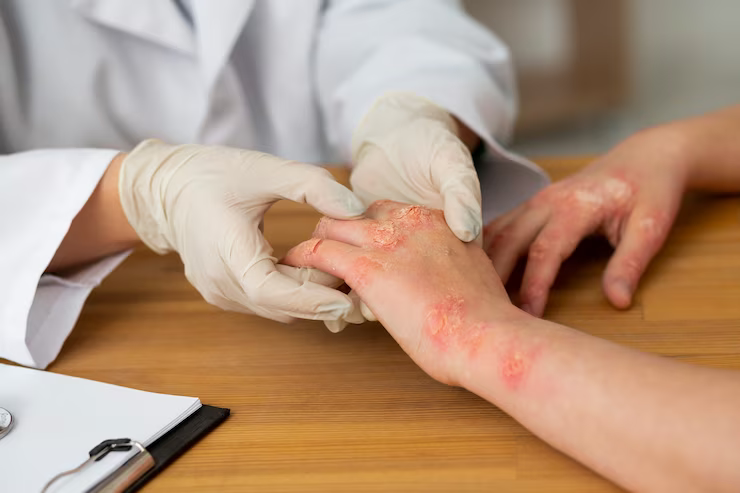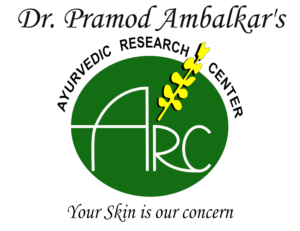- drambalkar@yahoo.co.in
- Mon - Sunday 10:00 AM - 02:00 PM
what does erythrodermic psoriasis look like
Erythrodermic psoriasis is a severe and rare form of psoriasis that affects the skin. In contrast to typical psoriasis, which usually presents as raised, red patches with silvery scales, erythrodermic psoriasis covers the majority, if not all, of the body’s surface with a fiery redness. The condition can be alarming and uncomfortable, causing widespread inflammation, intense itching, and sometimes pain.
Let’s delve into a blog about this crucial topic:

Understanding Erythrodermic Psoriasis: Beyond the Surface
Psoriasis is a chronic autoimmune condition known for causing red, scaly patches on the skin. However, within the spectrum of this condition exists a rare and severe form—erythrodermic psoriasis. This variant, while uncommon, can significantly impact one’s quality of life due to its intensity and extent.
What is Erythrodermic Psoriasis?
Erythrodermic psoriasis is characterized by widespread, fiery redness covering a large portion, if not the entirety, of the body. Unlike the more common plaque psoriasis, which presents as raised, scaly patches, this form can cause the skin to slough off in sheets, leading to a risk of infection, fluid loss, and disrupted body temperature regulation.
Recognizing the Symptoms
Identifying erythrodermic psoriasis is vital. The symptoms include severe redness, skin shedding, itching, pain, and swelling. Patients may experience a rapid heart rate, fluctuations in body temperature, and even complications like dehydration. This condition demands urgent medical attention due to its potential severity.
Triggers and Risk Factors
Understanding the triggers and risk factors can be crucial for managing this condition. Erythrodermic psoriasis can be triggered by abrupt withdrawal of systemic treatments for psoriasis, severe sunburn, infections, or certain medications. Individuals with a history of psoriasis are at a higher risk of developing this form.
Treatment and Management
Managing erythrodermic psoriasis often involves a multidisciplinary approach. Dermatologists, sometimes in conjunction with other specialists, work to alleviate symptoms, control the condition, and prevent complications. Treatment may involve systemic medications, including immunosuppressants or biologics, along with supportive care to address the associated discomfort and potential complications.
Quality of Life and Support
Living with erythrodermic psoriasis can significantly impact one’s mental and emotional well-being. Coping with the discomfort, visible symptoms, and potential limitations can be challenging. Seeking support from healthcare professionals, support groups, or counselors can make a substantial difference in managing the psychological impact of this condition.
Final Thoughts
Erythrodermic psoriasis is a severe manifestation of an already complex and chronic condition. Its impact extends beyond the physical symptoms, affecting various aspects of an individual’s life. Awareness, early detection, and prompt medical intervention are critical for managing this condition effectively.
If you or someone you know is experiencing symptoms resembling erythrodermic psoriasis, seeking immediate Ayurvedic Skin Doctor advice is essential. Early intervention can significantly influence the course and management of this condition.

Get in Touch with us Today to Begin Your Journey of Transformation

Contact Us
- Dr.Ambalkars Aayurvedic Research Centre, ARC Bhavan, Vijay Vihar Complex, Evershine City, Last Stop, Vasai (E)
- drambalkar@yahoo.co.in
- +91 9320193201
- +91 9766362776

